Tea trees have been growing in Ha Tinh for more than 50 years. Currently, tea is the main crop in the agricultural economic development of Ha Tinh, the main livelihood, accounting for 30-40% of the income of many farming households. However, along with the expansion of acreage and intensive cultivation to increase productivity, the ecosystem of tea growing areas shows signs of imbalance, and pests and diseases are increasingly complex.
Many households have to use pesticides several times a year, potentially leaving chemical residue on products, affecting consumer health and the environment. This reality requires the local agricultural sector to have a fundamental solution to both control pests and ensure safe and sustainable production.
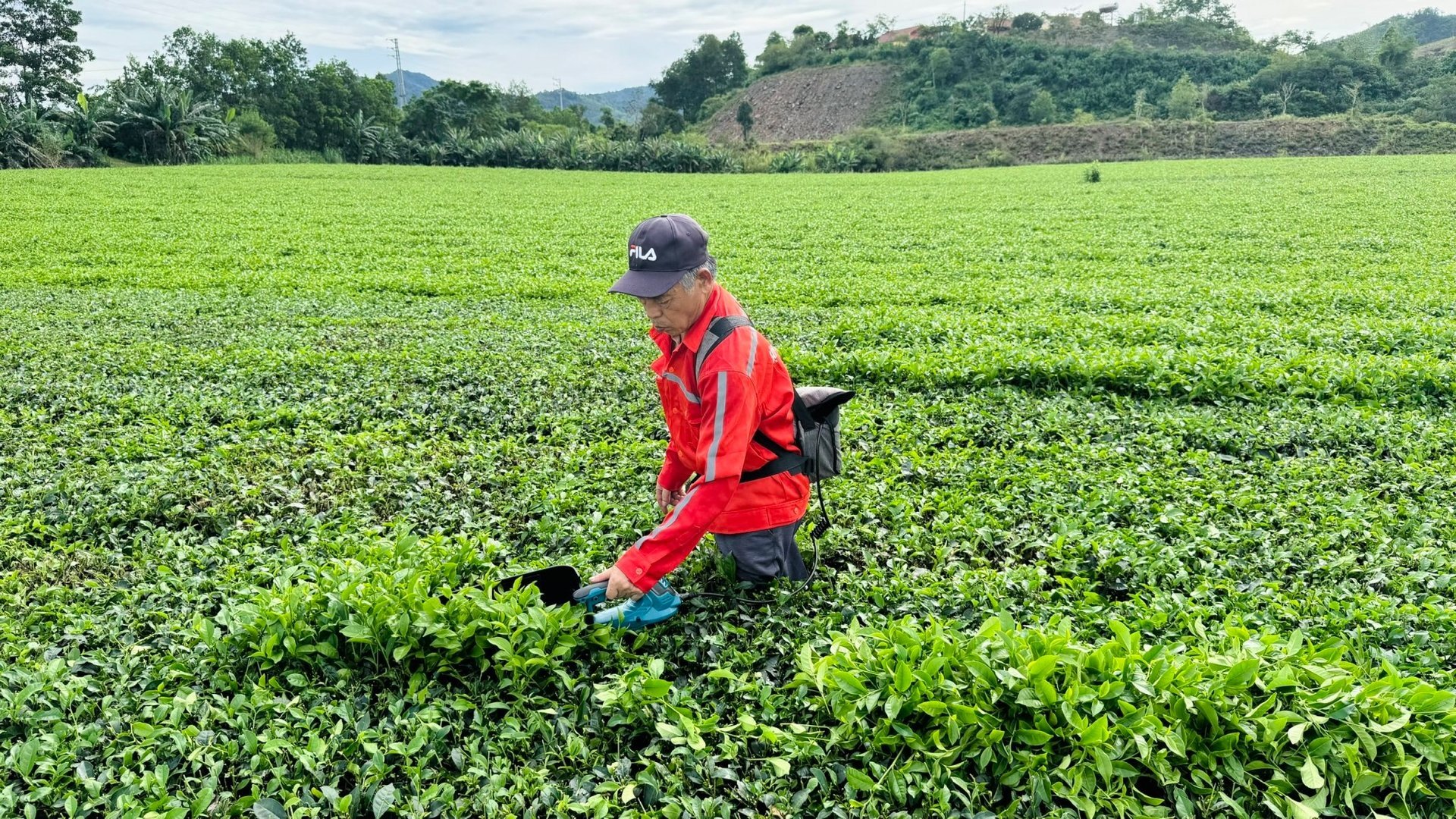
Tea is the main crop in the agricultural economic development of Ha Tinh province. Photo: Anh Nguyet.
Steps to build VietGAP tea material area
Aiming at sustainable tea production and improving product quality, in 2025, Ha Tinh Agricultural Extension Center will deploy the model of "Integrated Pest Management (IPM) on tea trees associated with the issuance of growing area codes" with a scale of 20 hectares, 48 households participating in Son Tay commune (Ha Tinh province). This is an important step in building a tea material area that meets VietGAP standards, creating a premise to expand the consumption and export market.
The model's objective is to apply synchronous IPM technical measures to help tea plants grow well, increase their resistance to pests and diseases, reduce costs and limit environmental pollution. Farmers are trained and instructed to use biological pesticides such as Kyodo 25SC, New Kasuran 16.6WP, combined with organic fertilizers, maintaining natural enemies and regular field sanitation.

The IPM model applied to tea plants helps reduce the amount of chemical pesticides by 30 - 40% and the amount of inorganic fertilizers by 10 - 25%. Photo: Anh Nguyet.
In the model, the amount of chemical pesticides is reduced by 30-40%, the amount of inorganic fertilizers is reduced by 10-25%, productivity and profit are expected to increase by 15-20% compared to conventional production. In addition, the model also focuses on training skills in recognizing and predicting pests and diseases, methods of investigating natural enemies and analyzing field ecosystems. After completion, 48 participating households will become the core of propagating and replicating IPM methods locally.
Ms. Dao Thi Hoa's family in Son Tay commune is currently cultivating more than 1 hectare of tea. Identifying this as a key crop in economic development, Ms. Hoa boldly invested in new varieties, intensively cultivated according to VietGAP process and minimized the use of pesticides. Her family takes advantage of composted manure from raising buffalo, cows and deer to fertilize the tea. Thanks to proper care, the tea garden has developed well, with a yield of 15 - 16 tons/ha, an average selling price of 7,000 VND/kg, bringing in hundreds of millions of VND each year.
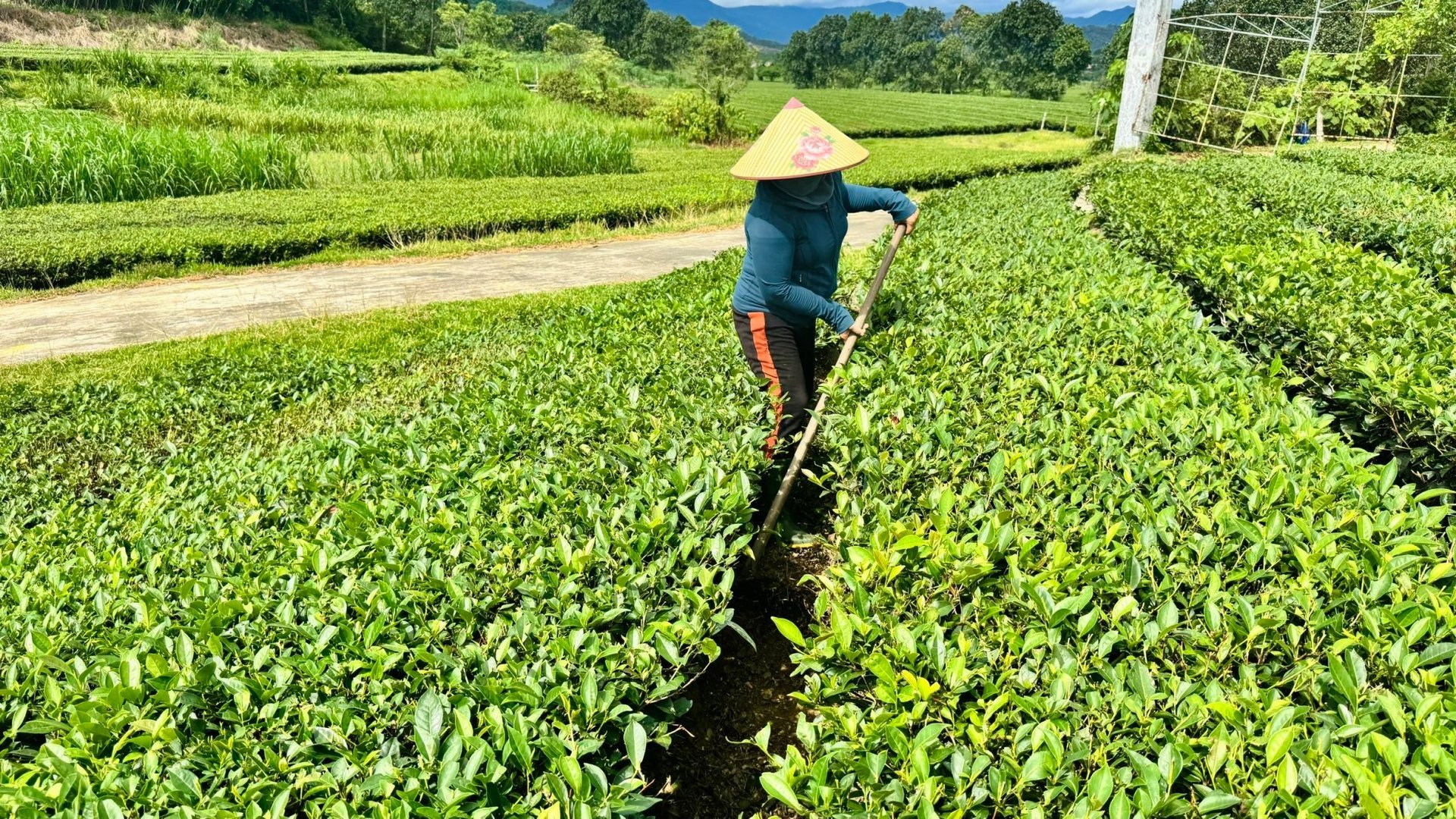
By participating in the model, people can master the techniques, control the farming process well, and limit risks caused by pests and chemicals. Photo: Anh Nguyet.
Also participating in the model, Ms. Tran Thi Hue shared: “Safe production helps people master techniques, control the cultivation process well, and limit risks caused by pests and chemicals. The tea produced is of high quality, trusted by consumers, and is easy to consume at a better price. More importantly, it protects the health of producers and the ecological environment."
Environmental protection, economic efficiency increased by 15 - 20%,
The VietGAP Trung Luu Tea Production Cooperative (Son Tay Commune, Ha Tinh) currently has 48 members, supplying Tay Son Tea Enterprise with more than 500 tons of fresh tea buds each year. Applying the VietGAP process has helped people fundamentally change their production mindset. They have become aware of keeping field diaries, using the right dosage of medicine, and complying with quarantine periods. Thanks to that, the tea plants grow healthily, have fewer pests and diseases, and production costs have decreased, while the value of the product has increased significantly.
Mr. Phan Quoc Viet, Head of the Cooperative Group, said: "Growing tea according to VietGAP helps households increase economic efficiency by 15-20% compared to mass production, reducing 2-3 times of spraying pesticides, contributing to protecting the environment and community health."
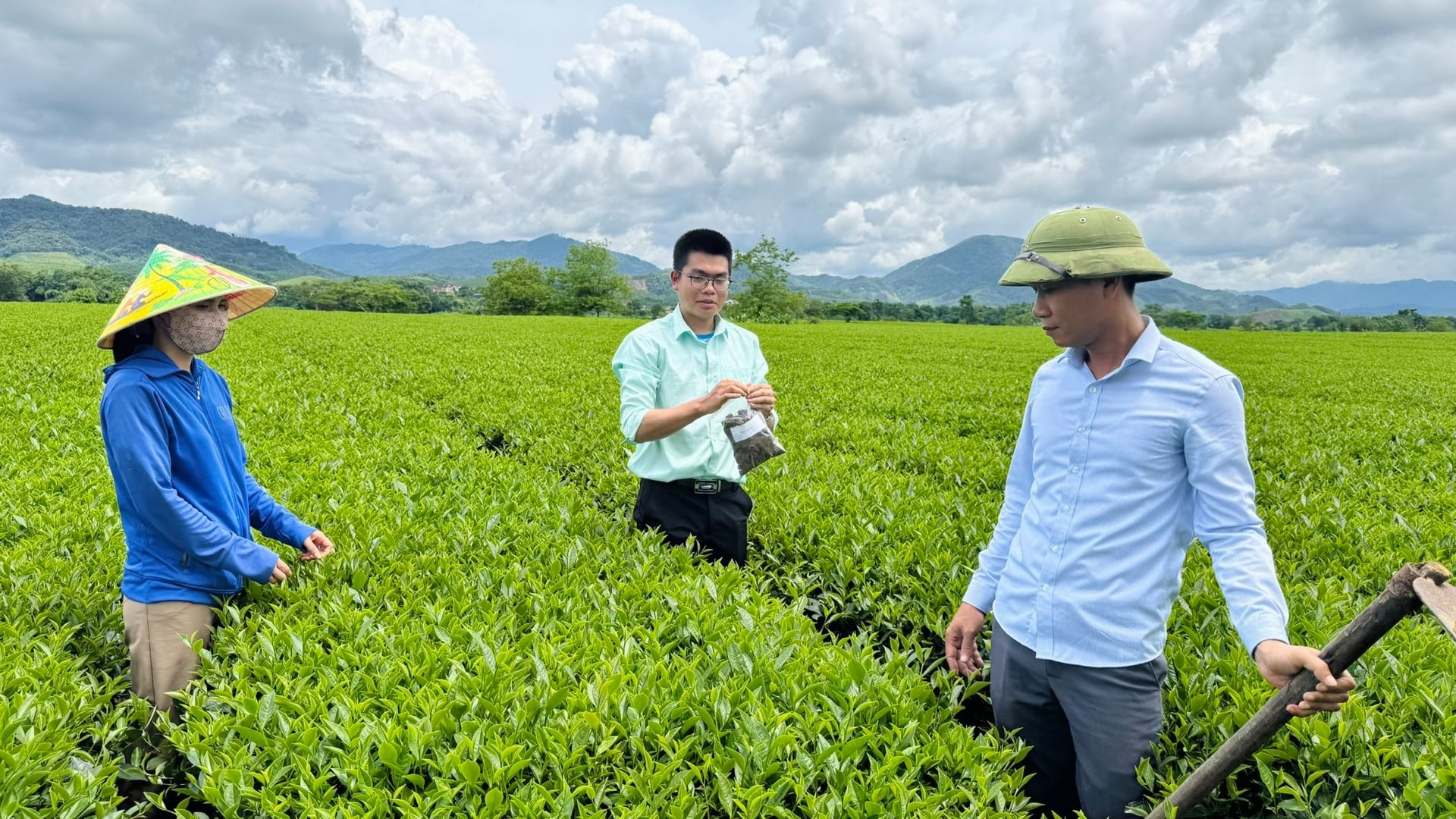
Ha Tinh Agricultural Extension Center cooperates with FAO Certification and Testing Joint Stock Company to inspect and evaluate VietGAP certification. Photo: Anh Nguyet.
Along with perfecting the technical process from planting, caring to harvesting, preserving and processing, Tay Son Tea Enterprise (Ha Tinh Tea Joint Stock Company) regularly sends technical staff to check and guide the timing of picking buds to ensure the best quality.
Mr. Nguyen Hong Sanh, Director of Tay Son Tea Enterprise, said: "The enterprise is currently cooperating to purchase products for more than 1,000 households in Son Kim 1, Son Kim 2, Son Tay, Son Hong communes with 326 hectares of tea, producing nearly 5,000 tons of fresh tea buds per year. The unit has invested in a modern processing line with a capacity of 50 tons per day to ensure quality and increase competitiveness in the market."
Participating in the integrated pest management model on tea trees associated with the issuance of growing area codes, the Trung Luu VietGAP Tea Production Cooperative Group was assigned by the Ha Tinh Agricultural Extension Center to train and guide households in practicing the tea production process according to VietGAP standards, recording production logs, internal assessment, error correction, and at the same time, contracted with the FAO Certification and Testing Joint Stock Company to take soil, water, and product samples for analysis, assessment, and certification. As a result, 20 hectares of tea were certified to meet VietGAP standards.
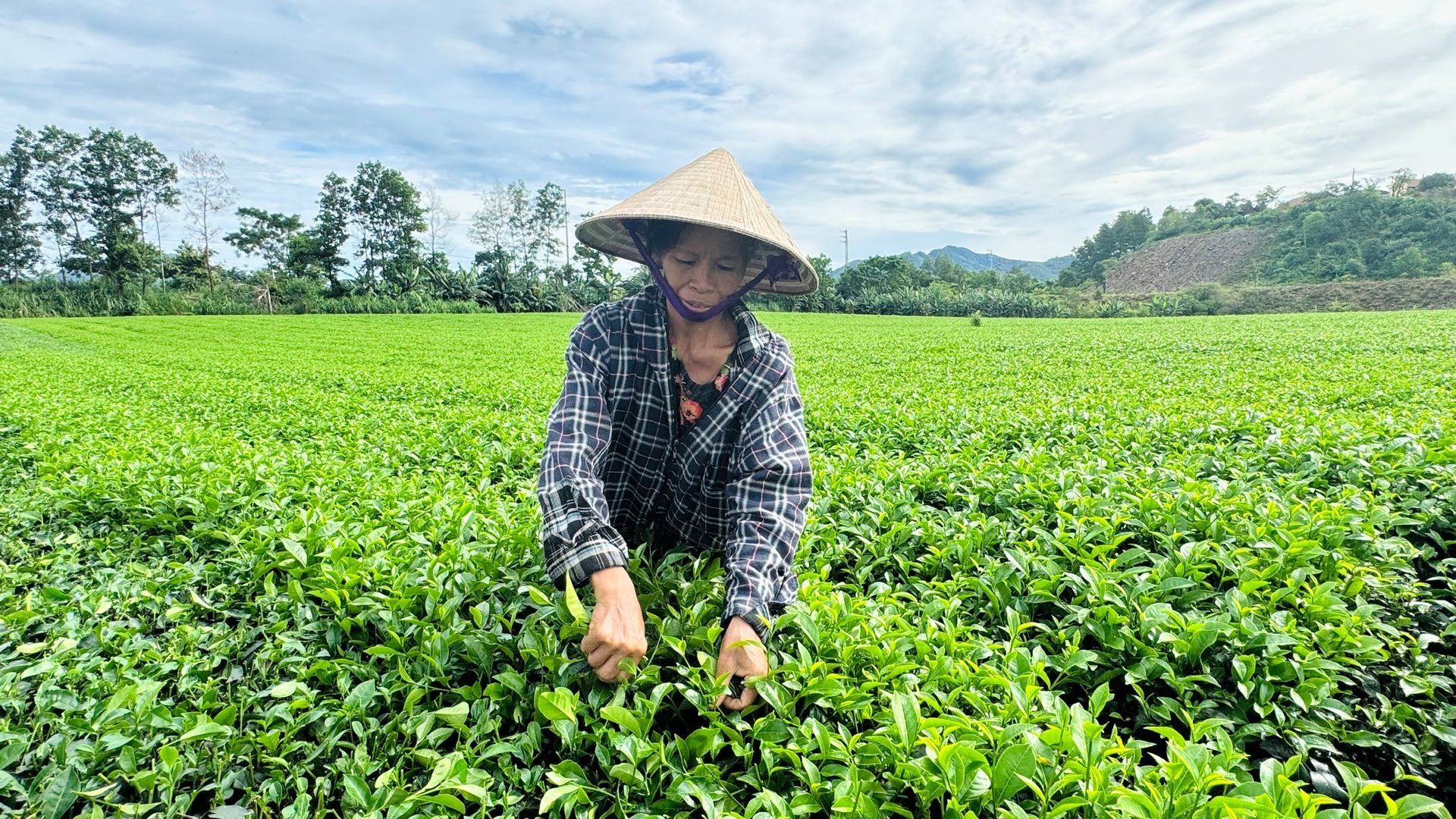
When granted a code for growing and producing areas according to VietGAP standards, Ha Tinh tea products will have the opportunity to go further. Photo: Anh Nguyet.
Mr. Ha Trung Kien, an assessment expert of FAO Certification and Testing Joint Stock Company, assessed: "Households in Son Tay have mastered the production process according to VietGAP standards, the tea plants grow well, with high productivity and quality. This is a safe production area, eligible for VietGAP certification".
According to Mr. Nguyen Huu Ngoc, Director of Ha Tinh Agricultural Extension Center: The integrated pest management (IPM) model on tea trees associated with the issuance of growing area codes not only helps farmers reduce costs and increase income but also changes production thinking, moving towards green and safe agriculture.
When being granted a code for growing and producing areas according to standard processes, Ha Tinh tea products will have the opportunity to go further, contributing to enhancing the brand of local agricultural products. Currently, the Ha Tinh Agricultural Extension Center is coordinating with the provincial Department of Crop Production and Livestock to complete the dossier to grant a code for growing areas for 20 hectares of tea in Son Tay to create a basis for tracing the origin and expanding the consumption market.
Source: https://nongnghiepmoitruong.vn/quan-ly-dich-hai-tong-hop-tren-cay-che-nang-suat-va-loi-nhuan-tang-15-20-d786253.html












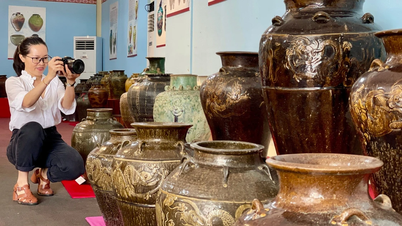








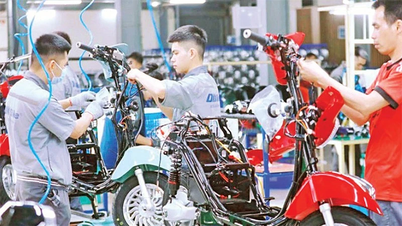
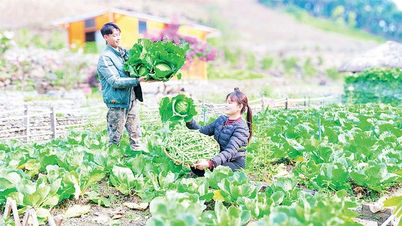
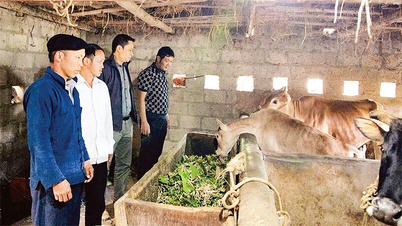
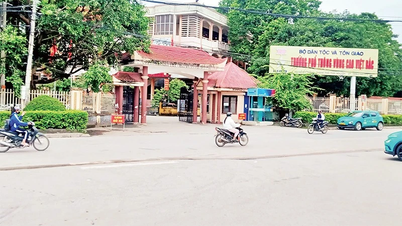





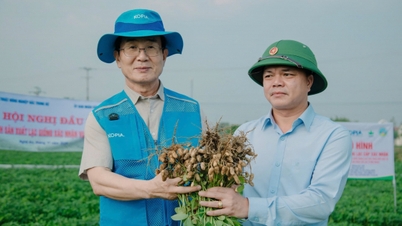

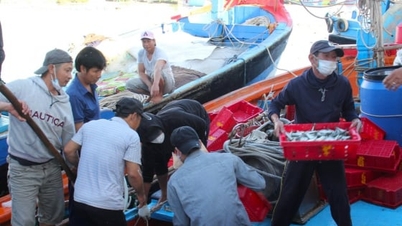

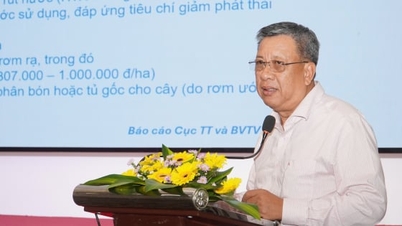
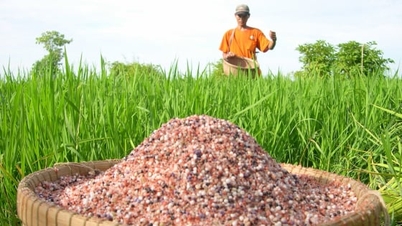














































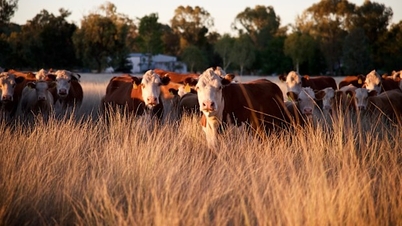


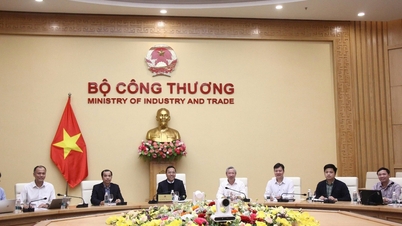






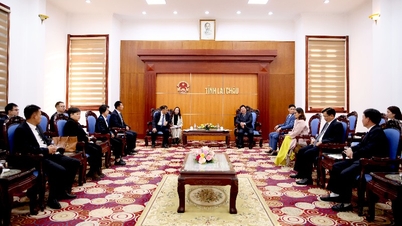




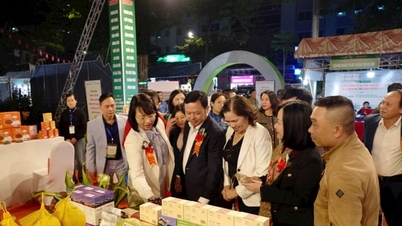
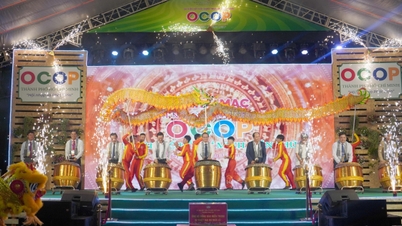










Comment (0)